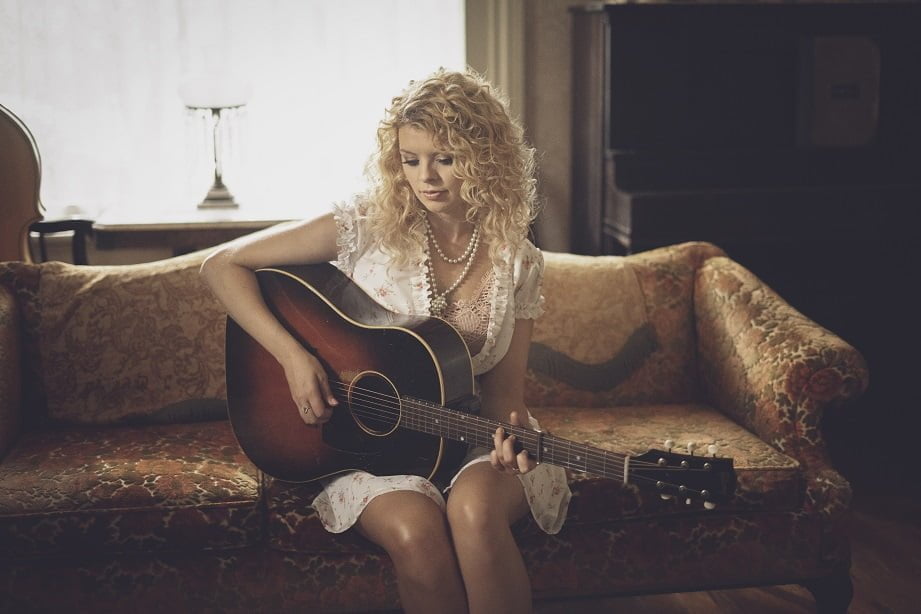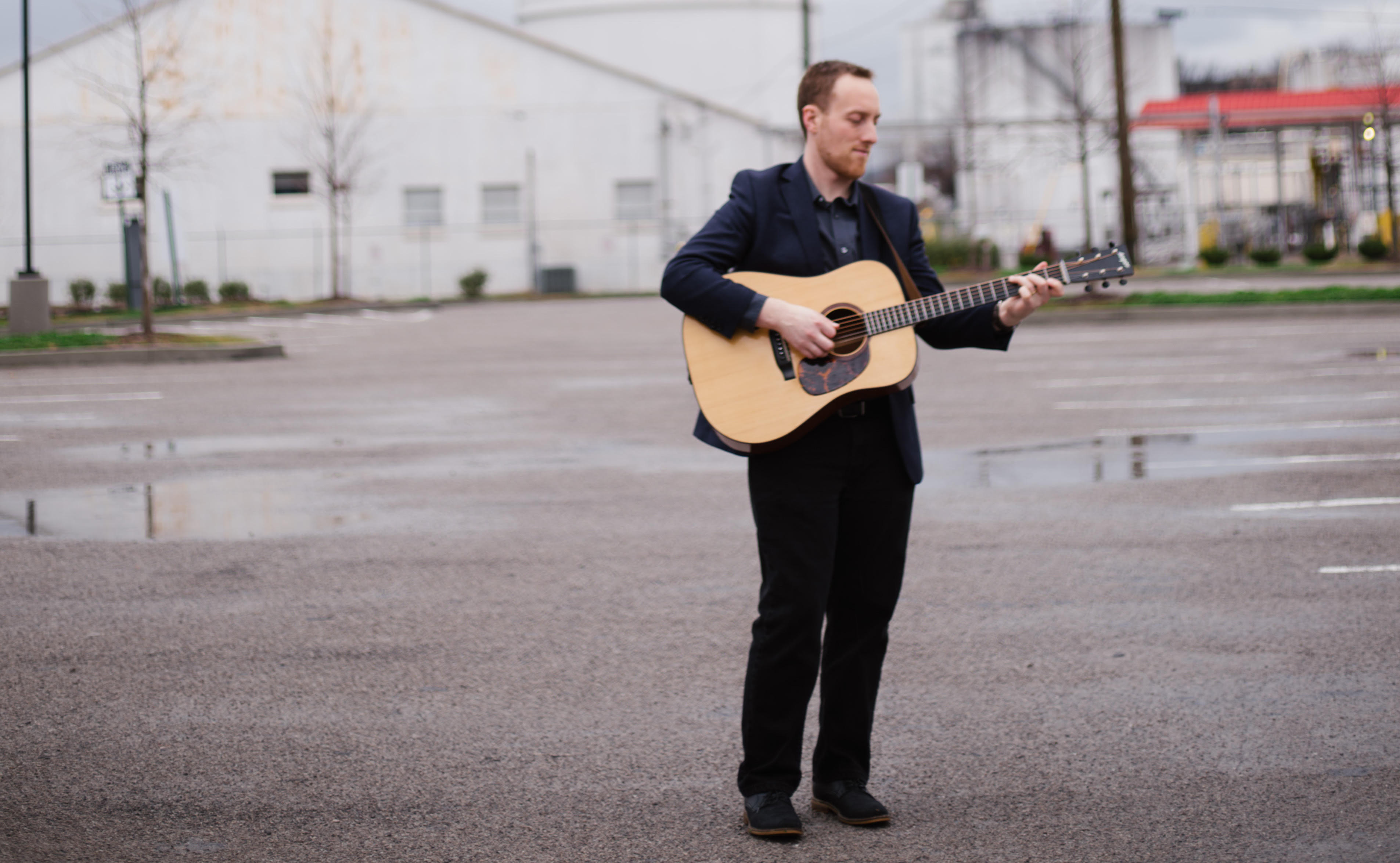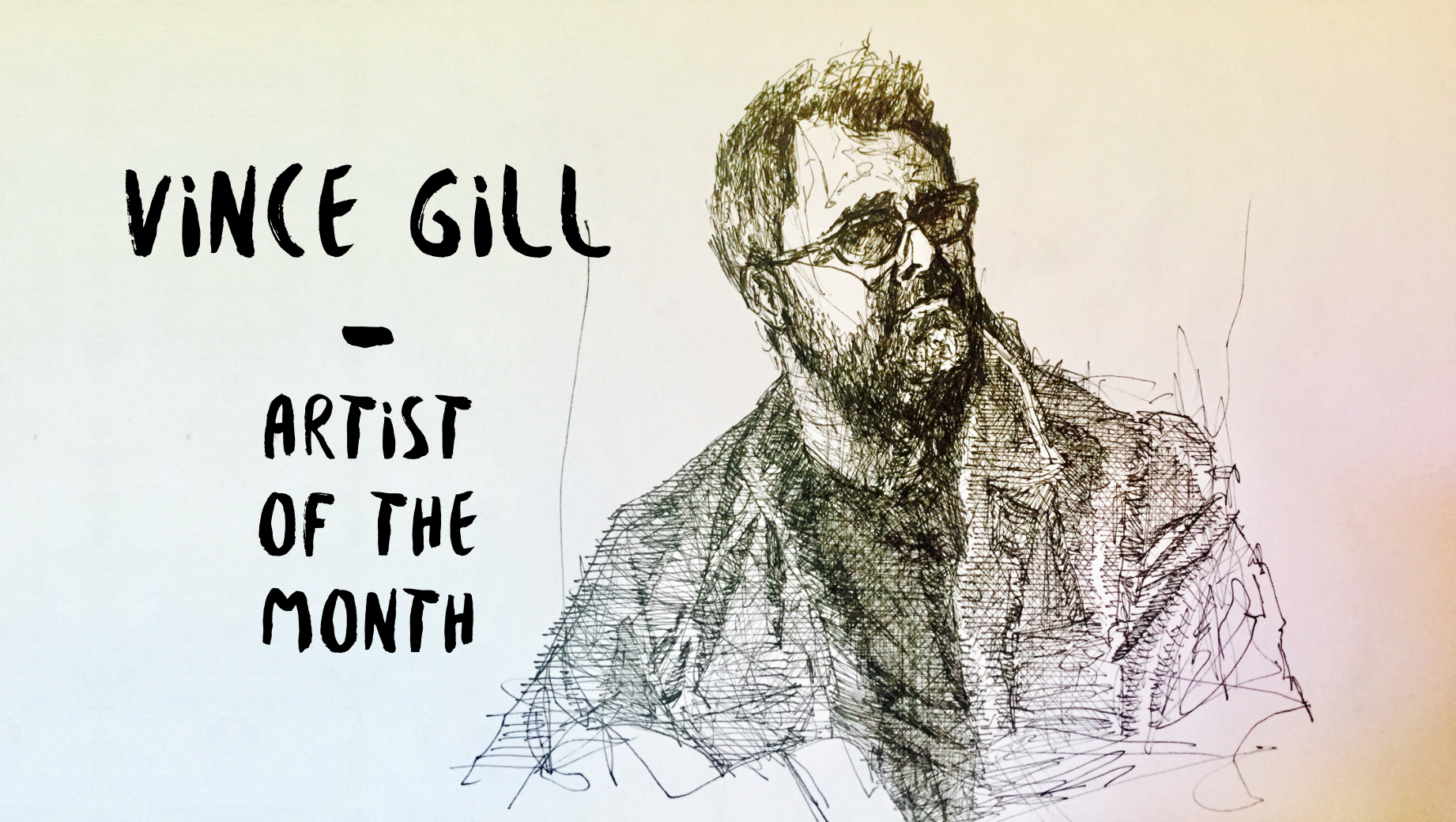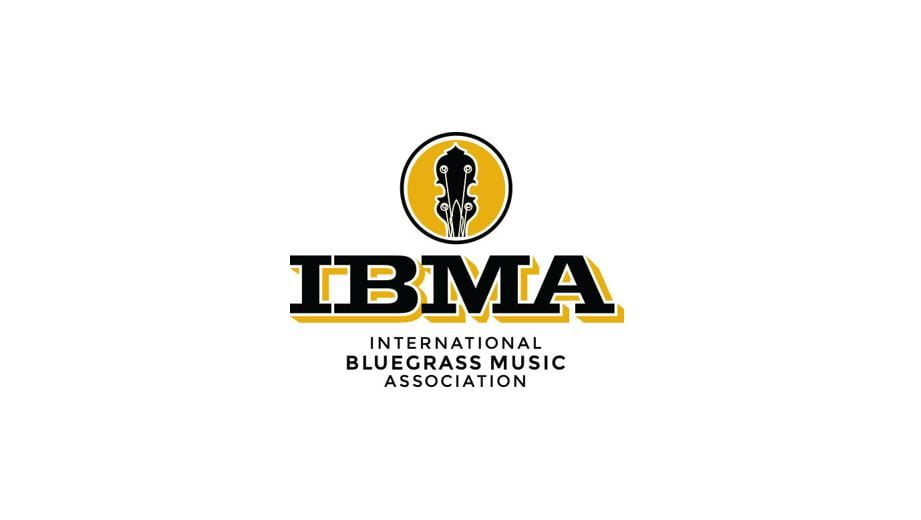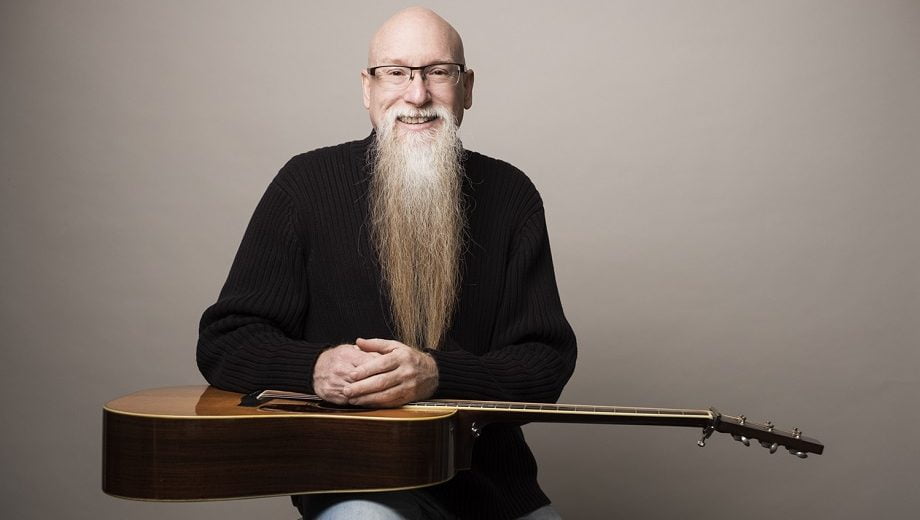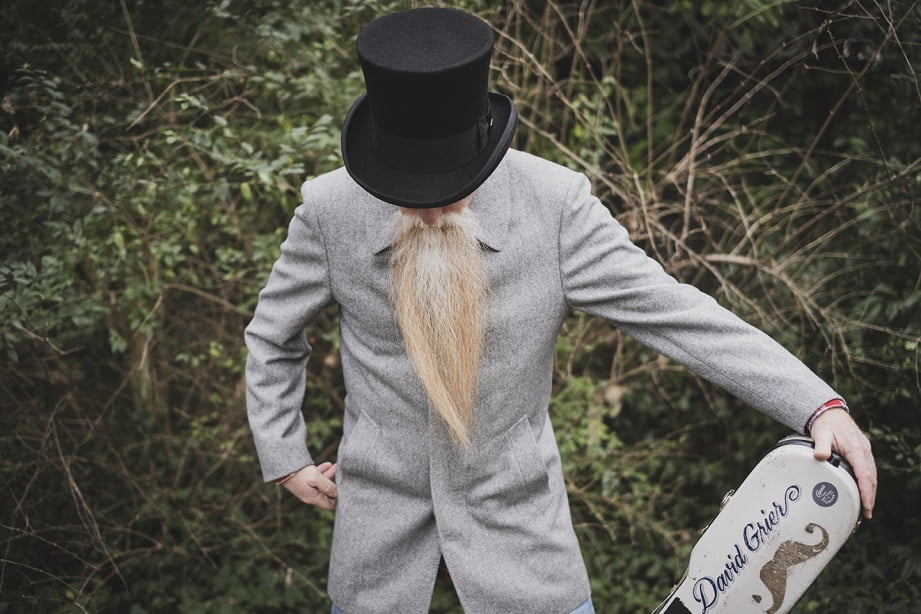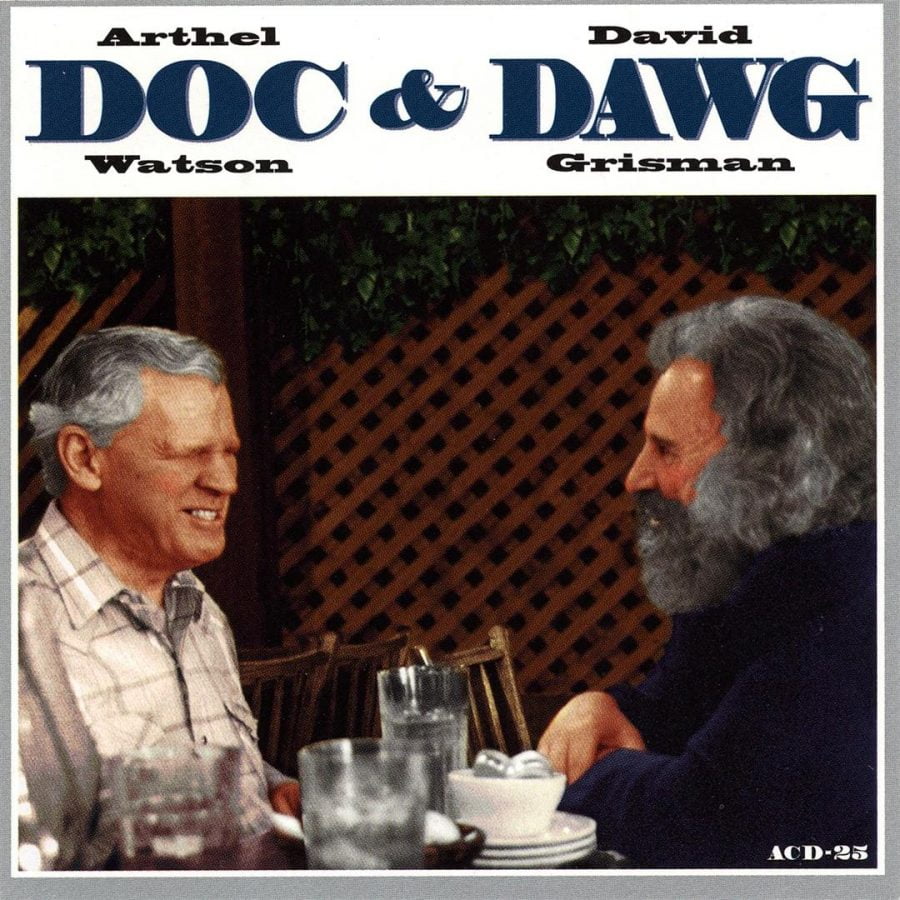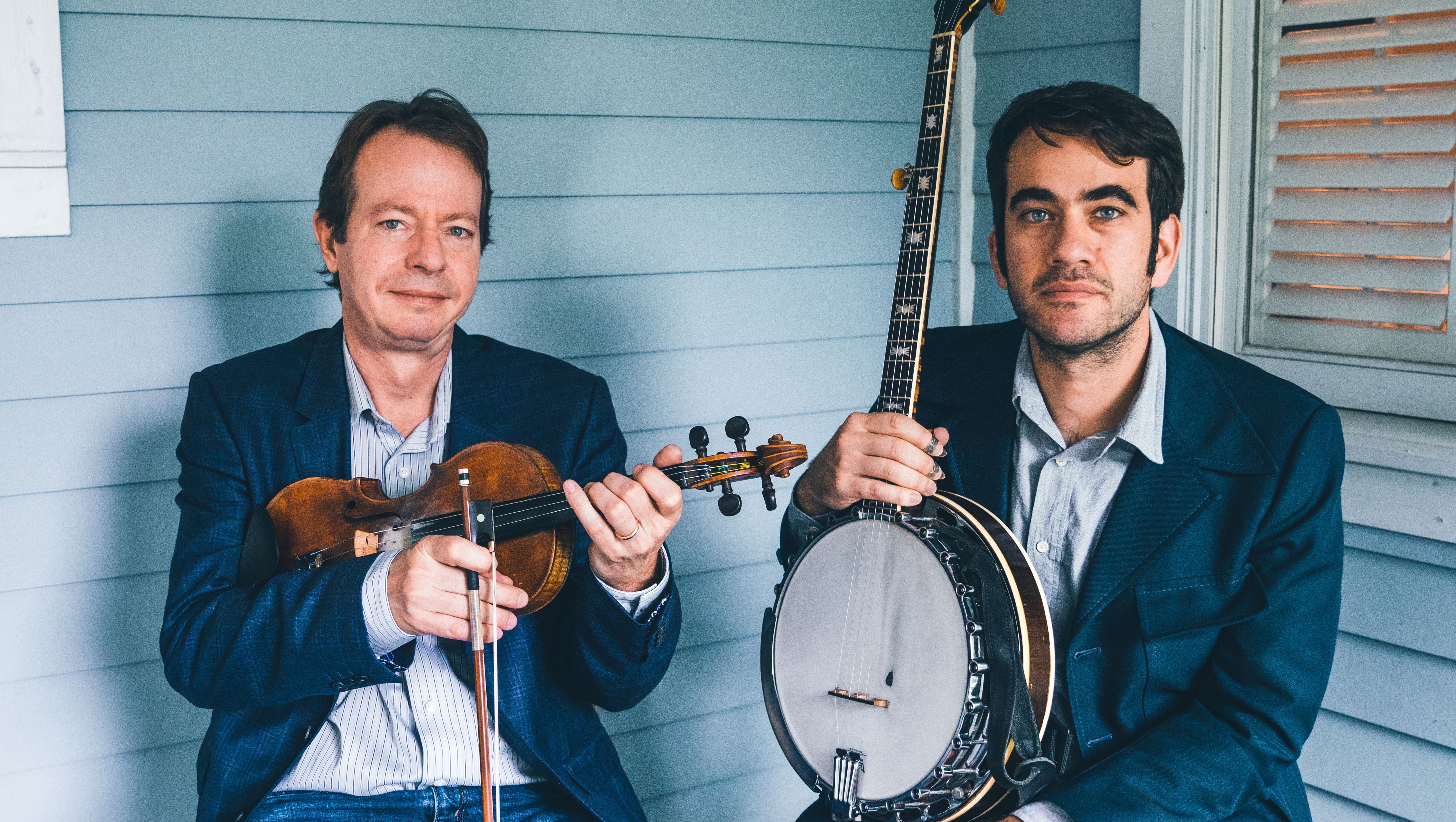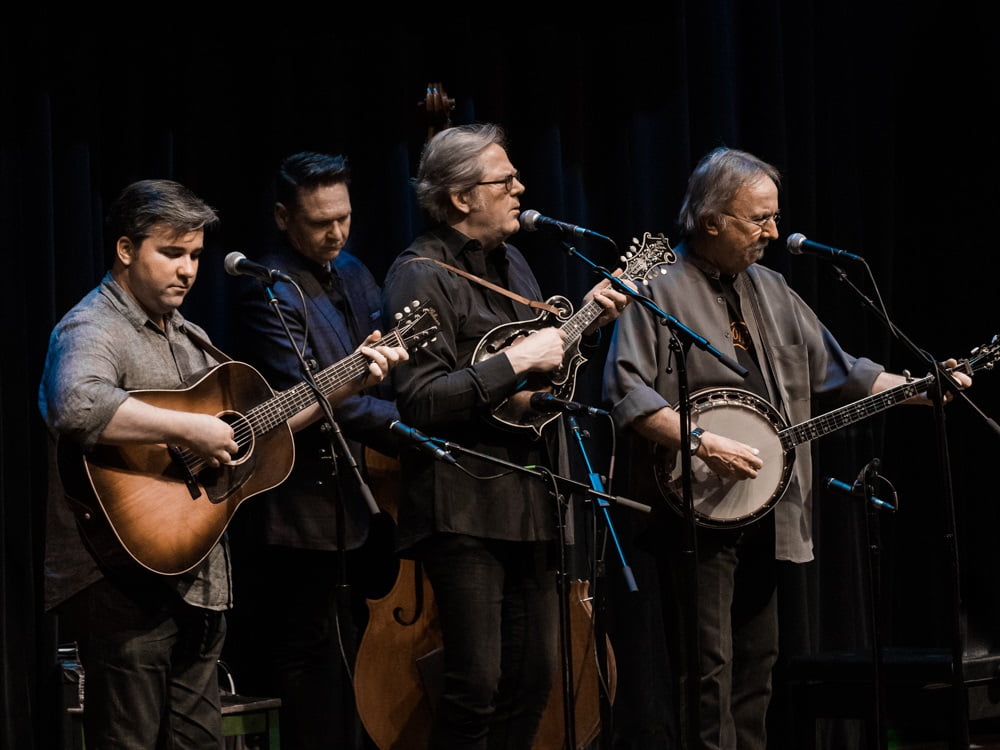Artist: Callie McCullough
Hometown: Nashville, Tennessee
Latest album: After Midnight
Personal nicknames (or rejected band names): “Floofy” which is based on my giant hair and “Muckoluck” which is a riff on my last name “McCullough.” We’ve decided the Muckoluck is some sort of mythical bird creature that should be made into a cartoon…
What other art forms — literature, film, dance, painting, etc — inform your music?
I’m a proud book nerd and definitely guilty of being a movie binger! The title track of this album After Midnight was heavily inspired by the movie Midnight in Paris. I am somewhat of a nostalgist myself, so I really connected with that movie, I’ve watched it at least five times. I’ve got a deep love for not just the music but for the writing of the past; language was just more fluid and poetic before we all started texting short forms. I’ll read things as old as 14th century literature, although sometimes it can take a little deciphering. The more I am reading the more my brain is thinking lyrically; I tend to be a melody driven writer so it helps me to draw inspirations, sometimes even subconsciously. When we wrote “Feathers” I didn’t realize the influence until my producer, Dustin Olyan, pointed out that it reminded him of Edgar Allan Poe’s “The Raven.”
How often do you hide behind a character in a song or use “you” when it’s actually “me”?
Almost never in my own writing… I didn’t really think about it as we were writing these songs or even pulling them together for the album, but every one of these songs is from the “me” perspective. There’s a vulnerability in that for sure, but these songs are my stories, it seemed obvious writing them in that way.
What was the first moment that you knew you wanted to be a musician?
I’m not sure there was an exact moment. I just always did. I was putting on soapbox shows in the living room for my family, and wandering around the yard making up little songs and singing them to myself by the age of 3. Both of my parents were full-time musicians and it all seemed pretty normal to me. I was playing guitar and piano by 8 years old and by the time I was 14 I had started really working at it, going out and getting my own gigs, joining a few bands and trying to write songs. I’ve always loved music on a visceral level, I couldn’t imagine not singing or playing an instrument; it’s a part of me and it’s in my blood.
What rituals do you have, either in the studio or before a show?
Studio traditions… Well, food is a big priority when we’re in bigger tracking session days. Everyone is always happy when there are snacks! Tracking the bigger sessions of After Midnight I was pretty intimidated starting out surrounded by an all-star cast of our musical heroes like Ron Block and Barry Bales (Union Station), Jeff Taylor, Billy Thomas (The Time Jumpers) and the legendary Stuart Duncan! But quickly we were all laughing it up in the most casual way — and of course eating cookies.
There was a funny little tradition in the vocal sessions of this album. My sister had given me this silly white winter hat for Christmas (we call them “tooks” up in Canada) and it made me look like a Conehead; I had put it on to keep my hair out of the headphones the first day and we dubbed it “my cone.” I ended up recording all my vocal tracks that way, sitting in a cozy chair, wearing my “cone,” wrapped in a blanket sipping tea like a 90-year-old lady! I’m definitely at ease in smaller sessions, the pressure is gone and you are just making music.
If you had to write a mission statement for your career, what would it be?
To make music that moves people. I make music because I love it and I need to do it to stay sane; but it is my hope that something I make will matter. I hope that somewhere along the line I will write a song that stands the test of time, or sing something in a way that catches someone’s heart, if even for a second. Because I think music matters, even if we sell it for less than a cent these days…
Photo credit: Chrissy Nix
